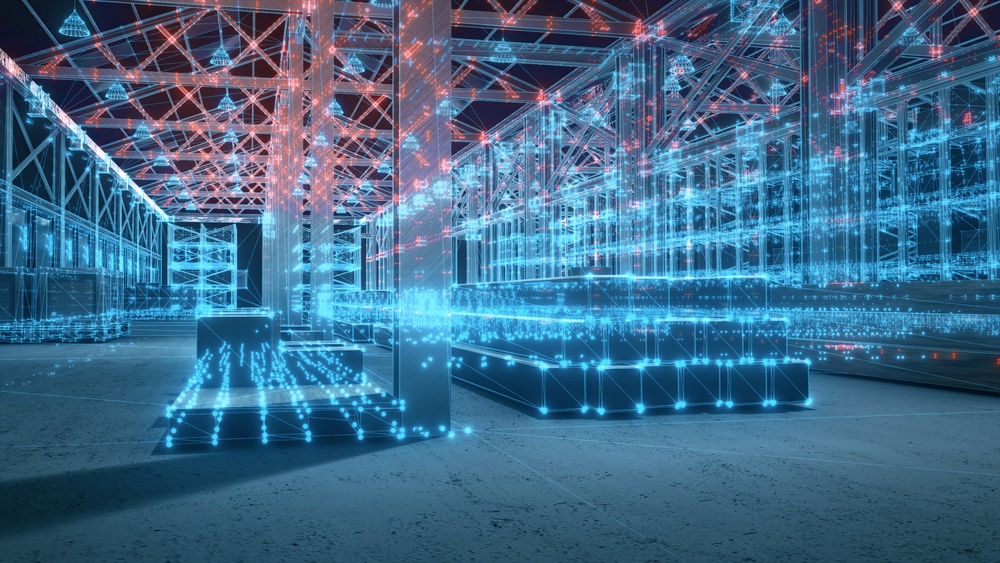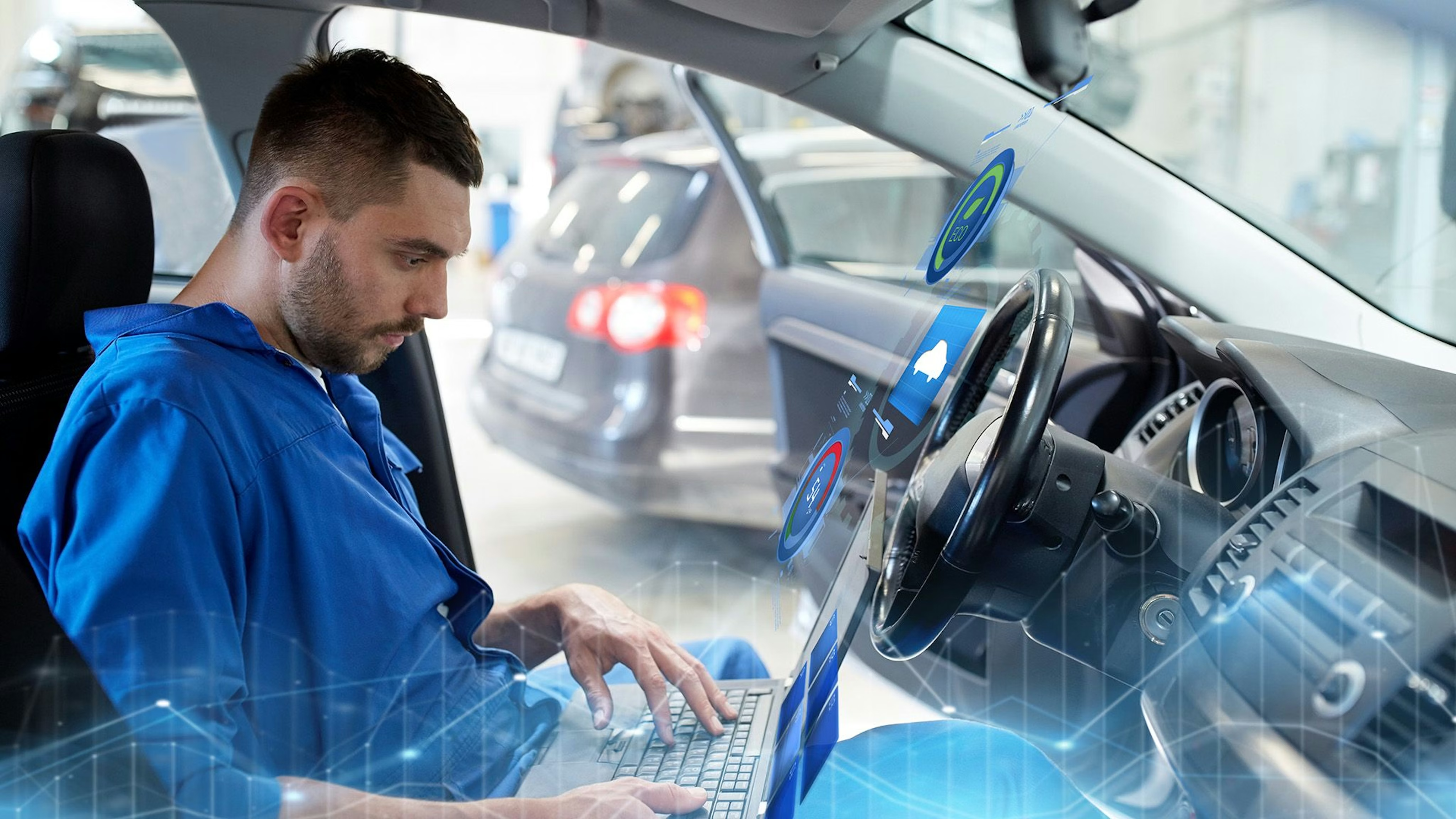Future technology: What is LiDAR?
LiDAR - "Light Detection and Ranging" stands for an innovative use of laser beams. Modern smartphones already use this technology for facial recognition and 3D scans of objects. LiDAR also offers potential for security and surveillance technology.

LiDAR is a method related to radar: Instead of radio waves and their receiving technology, laser beams and optical sensors are used. Put simply, it is a type of three-dimensional scanning using laser beams. Depending on the sensor technology, wavelengths and resolution, there are many possible applications. In addition to the 3-D scan already mentioned, this also includes the measurement of clouds and aerosols. In addition to information on dimensions and density, it is even possible to draw conclusions about the composition of gas clouds, depending on the method used.
Applications in the industry
The method is also used in the control of industrial robots because objects can be captured three-dimensionally with little additional equipment and thus much more information is available than with classic two-dimensional imaging methods. In addition to direct control, the robots' surroundings can also be monitored by using a few additional LiDAR sensors. This increases the safety of the operators and prevents damage caused by incorrect movements. Other areas of application include, for example: rangefinders (craft), speedometers, use in driver assistance systems, detection of turbulence in aviation and monitoring of smokestack emissions in industry.
Use in safety engineering
In the field of security technology, the process has not yet been exhausted and offers considerable potential. In facial recognition, "only" simple 2-D image processes are still in use in some cases. The use for access control is an example that becomes particularly interesting when a reliable and for the user simple multi-factor authentication for buildings is to be implemented. Possible factors include fingerprint, card, PIN and facial recognition. Portal areas could be monitored "volumetrically" with relatively simple sensor setups - similar to environmental sensing in robotics.
Perimeter protection
A few manufacturers are now also bringing cameras or sensors for perimeter surveillance onto the market. Their usefulness has not yet been tested on a large scale, but it is quite conceivable that some monitoring functions can be improved with them. In particular, the detection of objects and their position in space is optimized.
Conclusion
LiDAR has some potential applications for security and surveillance technology, and vendors are just beginning to use the technology more broadly. The challenges for information security and privacy are similar to those for camera technology and video surveillance. With LiDAR, another dimension is added and more individual and identifying characteristics can be stored.









